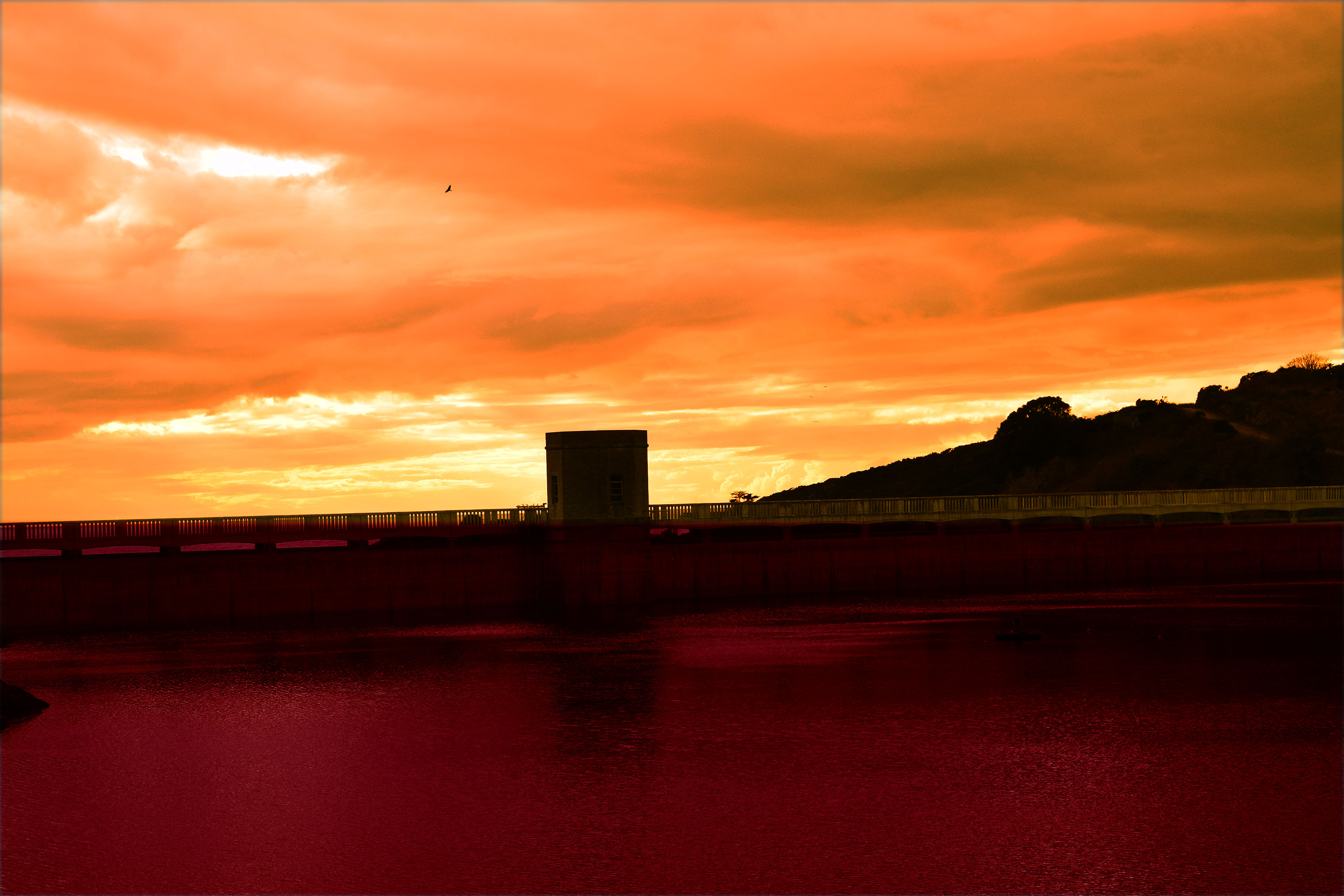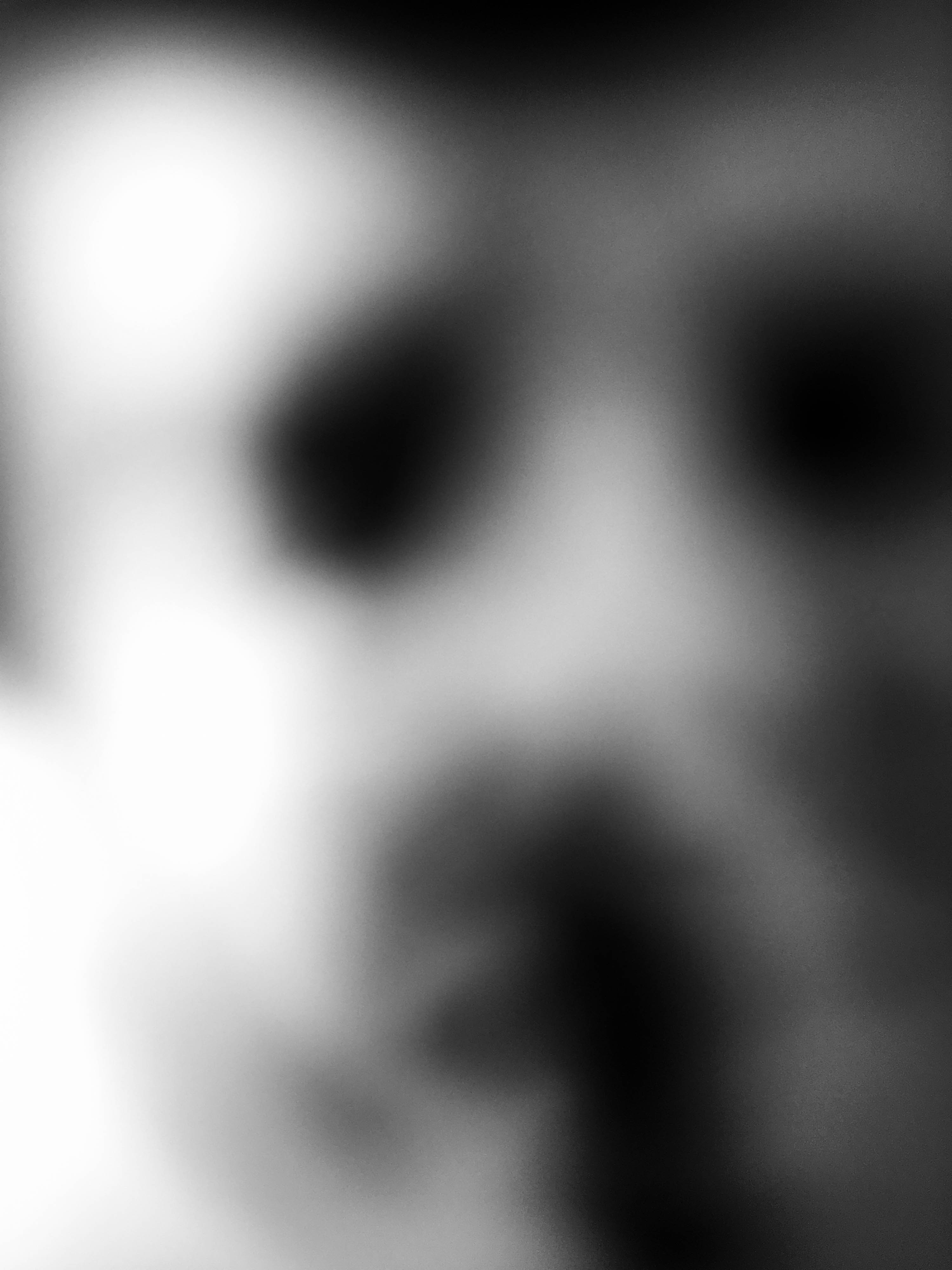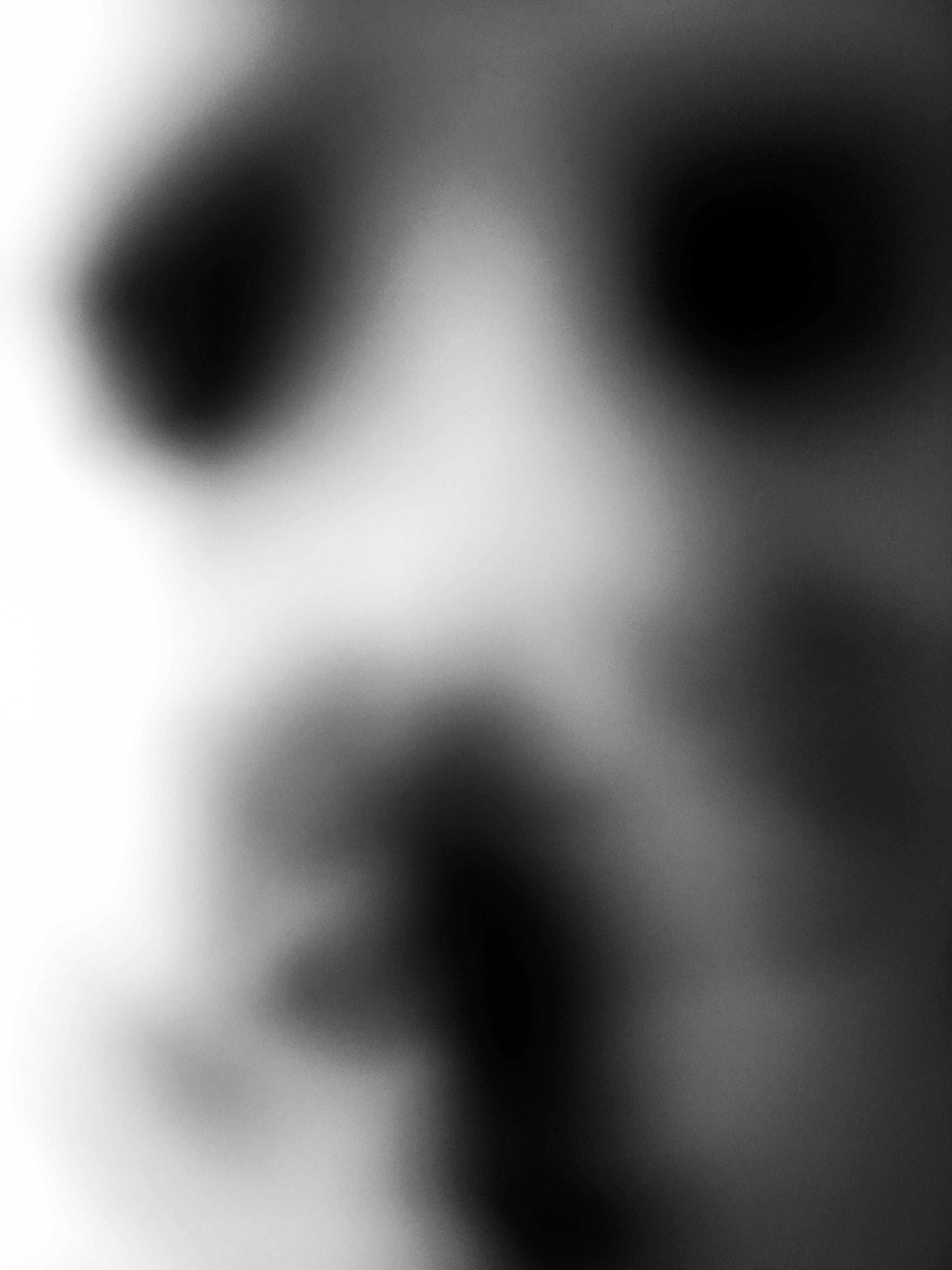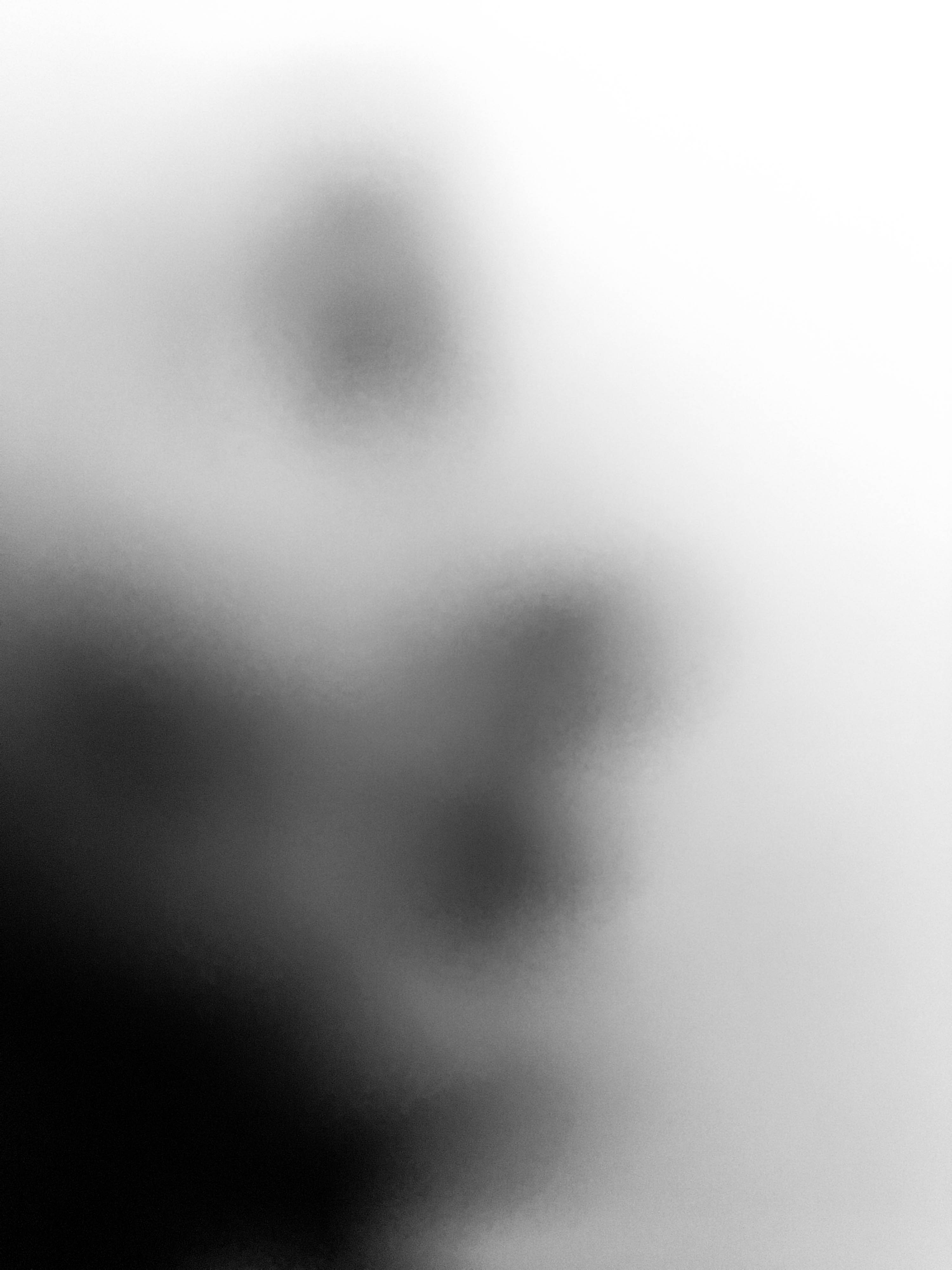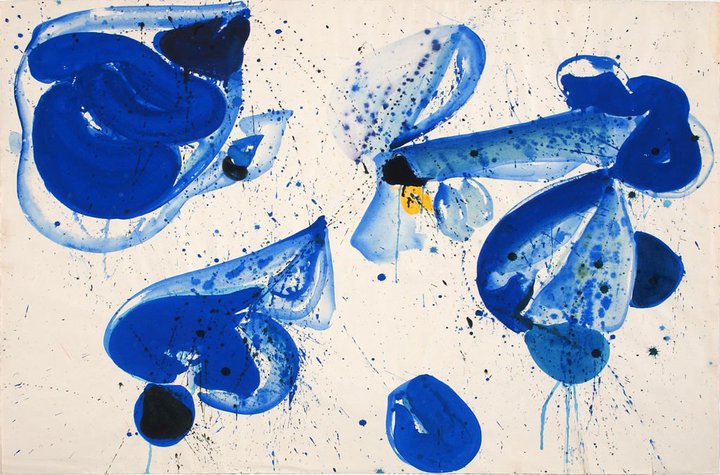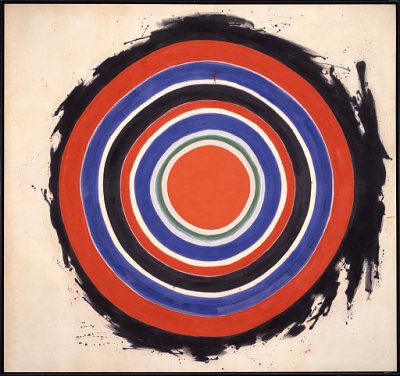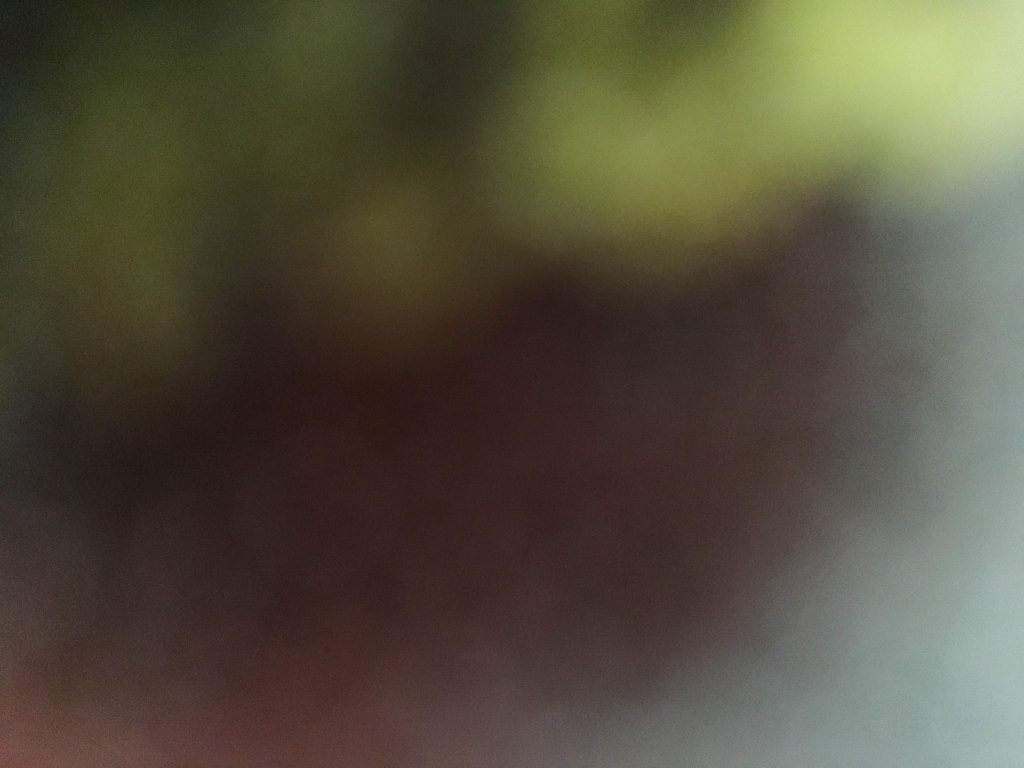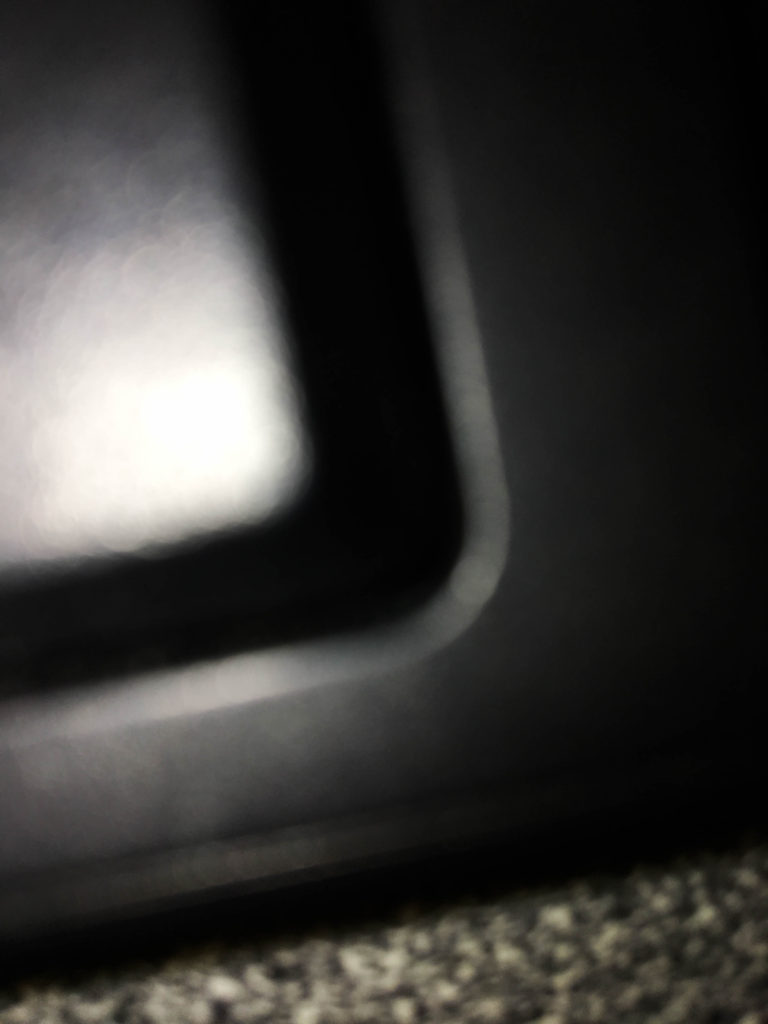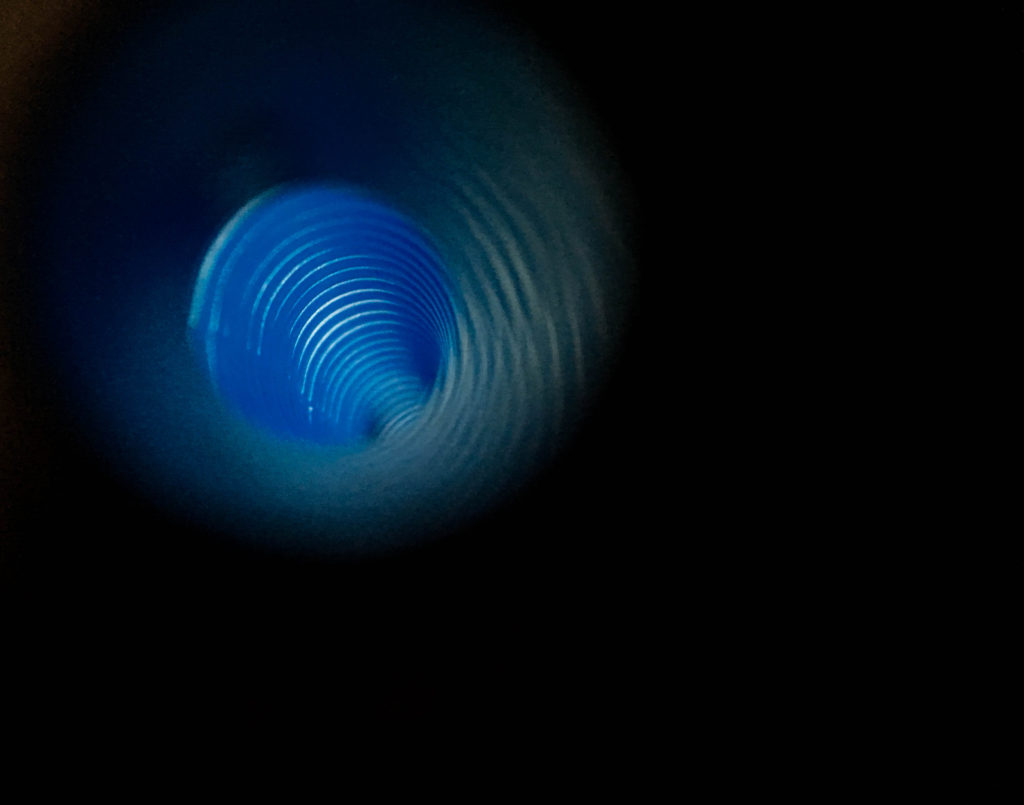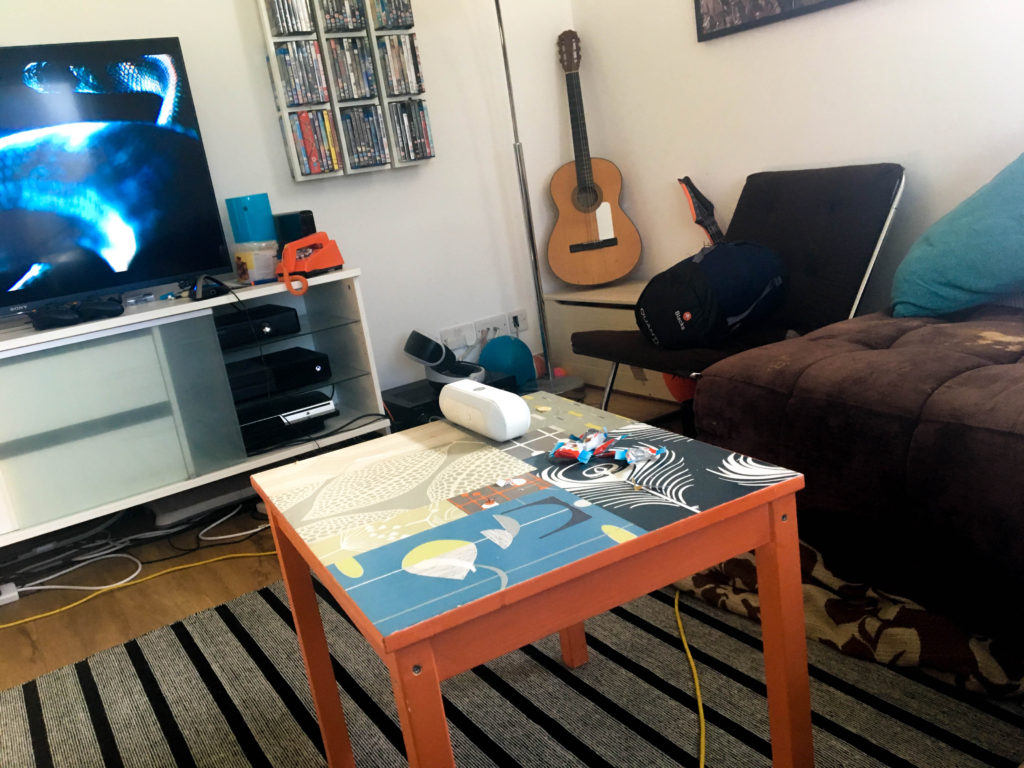Wassily Kandinsky 1866-1944
“Color is a means of exerting direct influence on the soul.”-Wassily Kandinsky
Kandinsky contributed massively to the abstract expressionism movement as one of the pioneers of abstract modern art. Kandinsky believed abstraction offered the possibility for profound, spiritual expression and that copying from the surrounding environments prevented. He was inspired to create art that that connected with people on a spiritual level, innovating a pictorial language that loosely related to the real world and expressed largely about the artists inner experiences. For Kandinsky painting wasdeeply spiritual . He sought to convey profound spirituality and the depth of human emotion through a universal visual language of abstract forms and colors that transcended cultural and physical boundaries. Kandinsky viewed himself as a prophet. He viewed non-objective, abstract art as the main way to allow someone to have a deep emotional connection.
Kandinsky viewed music as the most supernatural form of non-objective art. He strove to produce similarly object-free, spiritually rich paintings that represent sounds and emotions. The painting below is one of these paintings. Kandinsky has used color, structure, form, composition, dimension and shade to convey and show the spiritual experience he had when listening to a piece of music.
Music is also a large influence in my work. I often edit images while listening to music and sometimes even take photos while listening to music. This often affects the mood of the photo as the music effects my mood and the way I edit a certain photo. Whether that’d be increasing the dark’s or lights, increasing the saturation and vibrance or making the image black and white. I understand the mindset and mostly agree with what Kandinsky says about music. How it affects the soul deeply and how it is a huge influence. His careful composition of shapes and colors is something else I will use in my project. I want to take inspiration from this and carefully compose some my images to show different shades and shapes. Kandinsky was one of the first artist’s that completely allowed the spiritual, surreal emotions to be placed on a canvas. His work showed the freedom to express himself. It showed art without barriers, how art doesn’t need to show something physical like nature and trees to give a sense of spirituality. His art was a gateway for other artists to explore the freedom of painting and capturing their subconscious thoughts, their moods and feelings.
 Kandinsky-Composition VIII, 1923
Kandinsky-Composition VIII, 1923
The painting above is one of those that has been heavily influenced by music. It features many circles, straight lines, squares, triangles and colors. As you can see it looks like a mixture of different shapes and colors almost like an organised mess. To me the lines that subsequently turn into boxes look like a psychedelic, dream like piano keys. Other lines remind me of music notes and the circles are like the color of emotions and mood the artist was feeling when listening to the music. Kandinsky is clearly trying to show the music and his thoughts through the picture. I am only attempting to intepret what the picture means. However, I do not think we need to know what it means as it is clearly an emotional response to piece of music.


